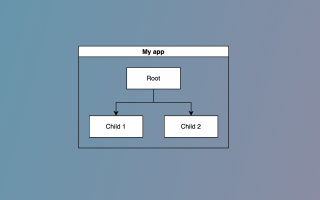Building your first Angular application can be daunting. There are many things to consider when building an Angular application, and it’s easy to make mistakes along the way. In this article, we’ll go over some common mistakes that developers make when building their first Angular application, and how to avoid them.
Mistake #1: Not Understanding the Basics
The first mistake that many developers make when building their first Angular application is not understanding the basics of the framework. Before you start building your application, it’s important to understand the basic concepts of Angular, such as modules, components, services, and templates. This will make it much easier to build your application and troubleshoot any issues that arise.
Mistake #2: Overcomplicating Your Code
Another common mistake that developers make when building their first Angular application is overcomplicating their code. It’s easy to get carried away with fancy features and complex code, but this can make your application harder to maintain and debug. Keep your code simple and modular, and try to avoid unnecessary complexity.
Mistake #3: Not Following Best Practices
Angular has many best practices and guidelines that are designed to help you build high-quality applications. Not following these best practices can lead to code that is hard to maintain and debug. Make sure to follow the Angular style guide and other best practices, such as using reactive forms, using observables, and using services for data management.
Mistake #4: Not Testing Your Code
Testing is an important part of building any application, and it’s especially important when building an Angular application. Not testing your code can lead to bugs and other issues that can be difficult to track down. Make sure to write unit tests and end-to-end tests for your application, and use tools like Karma and Protractor to automate your testing.
Mistake #5: Not Optimizing Your Code
Angular applications can be complex and resource-intensive, so it’s important to optimize your code for performance. Not optimizing your code can lead to slow application performance, which can frustrate users and drive them away from your application. Use tools like Angular CLI to optimize your code, and consider techniques like lazy loading and preloading to improve performance.
Conclusion
Building your first Angular application can be challenging, but by avoiding these common mistakes, you can build a high-quality, maintainable application that meets your users’ needs. Make sure to understand the basics of Angular, keep your code simple and modular, follow best practices and learn from mistakes.



